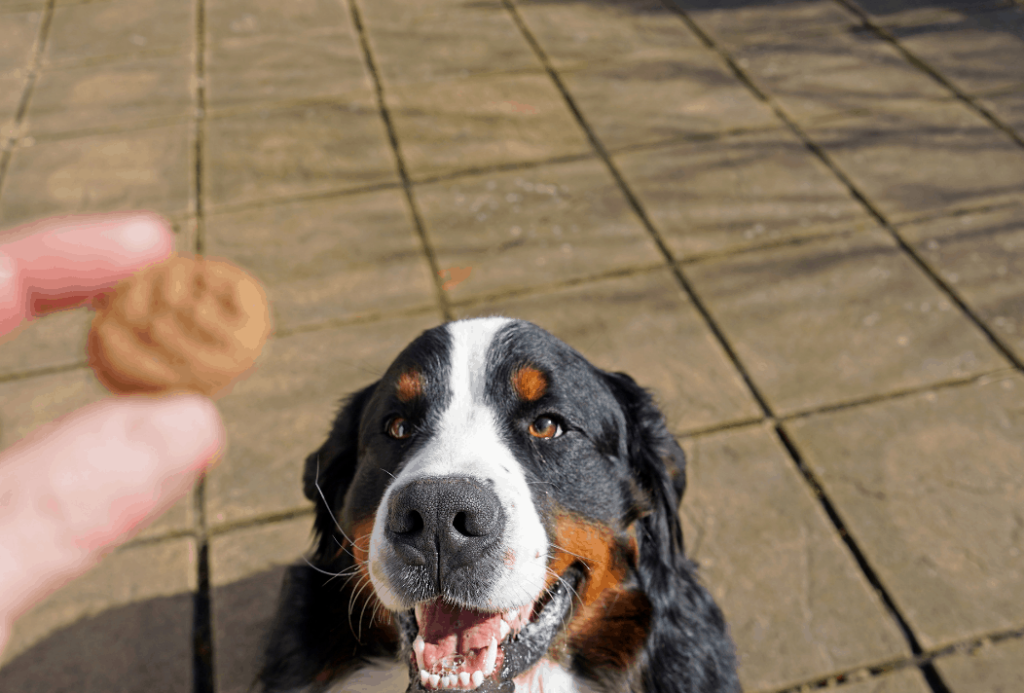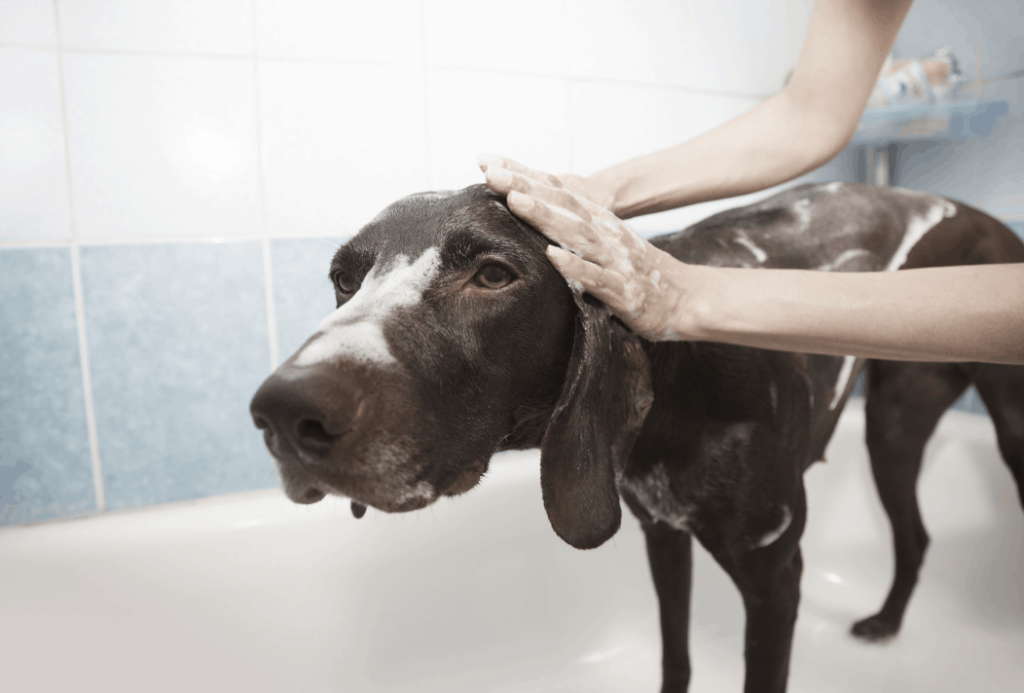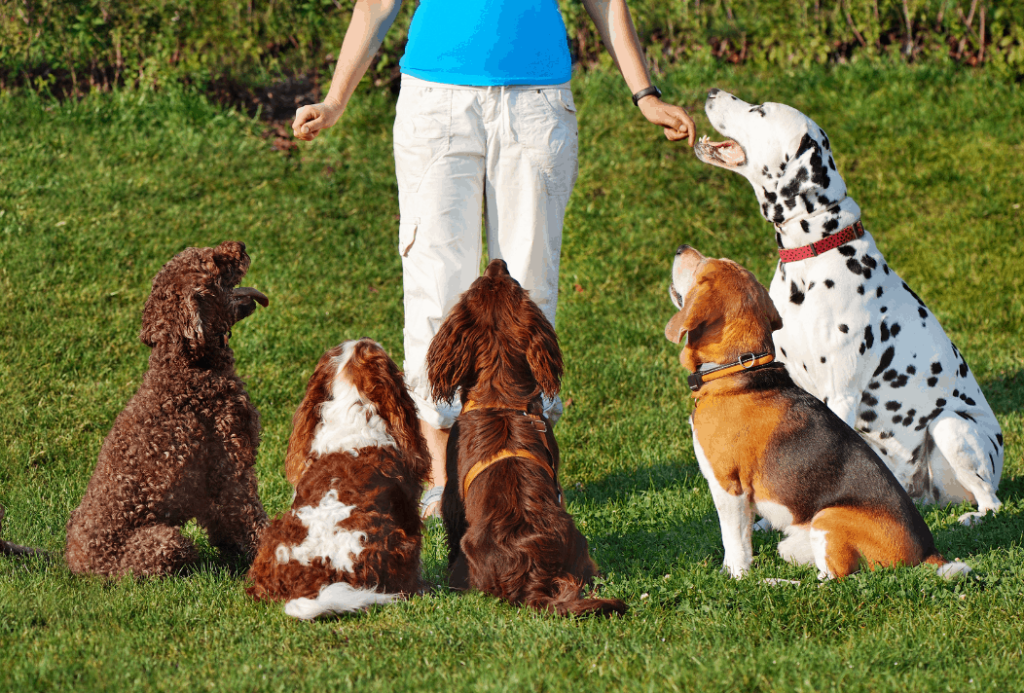Here’s What you Shouldn’t do When Training your Dog
There is a lot of information available to pet owners regarding training tips and techniques. With time, repetition, and patience, training your pet can be relatively easy.
However, there are common training mistakes that can negatively impact or delay your desired results. Before getting started with training, it is important to remember what to avoid. In this article we summarize some of the mistakes and mishaps we see frequently when training dogs, so that you can avoid them and achieve your training goals with your new puppy or dog,
Avoid negative reinforcement
The scientific research behind behavior and training shows that pets learn best with positive reinforcement techniques. This might mean rewarding your dog or cat with food or treats, brushing his fur, giving him pats on the head, and providing plenty of praise. These methods are the best way to teach a dog new tricks and help pets retain what they’ve learned.
Negative reinforcement is the use of anything negative while undergoing training. Yelling, hitting, or even using shock collars will not only detract from learning but will also increase the risk of developing an aversion to whatever you are training your pet to do. Negative reinforcement greatly increases the risk of developing fear, anxiety, and aggression.
Avoid too many treats
When using food treats in training, they should be very small pieces so that they are easy and quick to give. If the treats are larger, they will pack on the calories and you run the risk of causing your pet to become overweight or obese.
Also, your pet might expect a treat every time he does what he was trained to do. For example, if you train your dog to go outside to the bathroom while using treats, he might expect a treat every single time he comes inside the house! Try to change it up a bit and offer a toy, some brushing, and plenty of praise.

Avoid command nagging
Command nagging refers to repeating a command multiple times in the face of a perceived lack of response from your pet. For example, you might tell your dog to “sit” but he doesn’t initially do so. He might be distracted or didn’t hear you clearly the first time. Because of this, you keep saying “sit” over and over until he does. This teaches your dog that you will say “sit” a certain number of times before he is actually expected to follow the command.
If your pet is distracted, try to bring back their attention by calling their name and showing them a treat. Be aware of how many times you are repeating the command and try to speak the command one time in a strong, clear manner while maintaining eye contact.
Avoid cue mismatch
It is possible to inadvertently associate a negative feeling with certain cues or commands. For example, you might train a dog to “come” or “heel” but instead of being rewarded, you’ve simply deceived him by doing something he hates like going into the bathtub or having his nails clipped. After this passes, he will avoid you when you call him because he knows that “come” or “heel” means that something bad is in store for him! It is best to practice this command regularly and use positive rewards so that this type of cue mismatch does not occur.

Avoid non-effective repetition
Most pets have very short attention spans, so you should only train yours for five to ten minutes at a time each day. Depending on what you are trying to teach, it may take days or weeks before your pet catches on. However, it’s important to know when to stop pushing the point.
If it seems like your dog or cat just isn’t catching on, you will need to rethink things. Is this training exercise absolutely necessary? And if it is, what is a different way that you can go about showing your pet how to do it? Otherwise, pushing training that isn’t effective will lead to frustration for both you and your pet.
Avoid training in one place
When it comes to dog training, many go to training classes at a public facility. Once they’ve mastered certain tricks and techniques, it is important to be able to repeat these outside of class. This means that you should bring your pup to other places and practice. You can also practice at home for five to ten minutes at a time. Remember to keep practice short since most pets lose interest after a while.

Avoid strong emotions
It can be frustrating when your pet doesn’t catch on to training right away. It can be easy to give way to emotions, so upset owners might start to yell or scare their pet during training exercises. Instead of learning and having fun, dogs and cats will become fearful and may try to hide. In some cases, this can lead to the development of aggressive behavior. For more information, check out these articles on aggression in dogs and in cats.
Because pets will not respond favorably to negative emotions, it is important to stop training exercises the moment that you feel upset. It’s okay to hit the pause button and try again tomorrow. Similarly, if a pet does something undesirable (e.g. urinating outside of the litterbox or barking at the doorbell), be sure to keep your emotions in check. Yelling can be scary for your pet, and some dogs might think you are barking right along with them!
Training takes time, practice, and a lot of patience
Training your pet can be very rewarding because it is a great way to achieve desired results while strengthening the bond between owner and pet.
Training takes time, practice, and a lot of patience, but it can be easy to make mistakes along the way. Keep these tips in mind when starting any training regimen, and always reach out to your veterinarian or veterinary behaviorist for further advice.
The post Here’s What you Shouldn’t do When Training your Dog appeared first on VetBabble.





Post a Comment